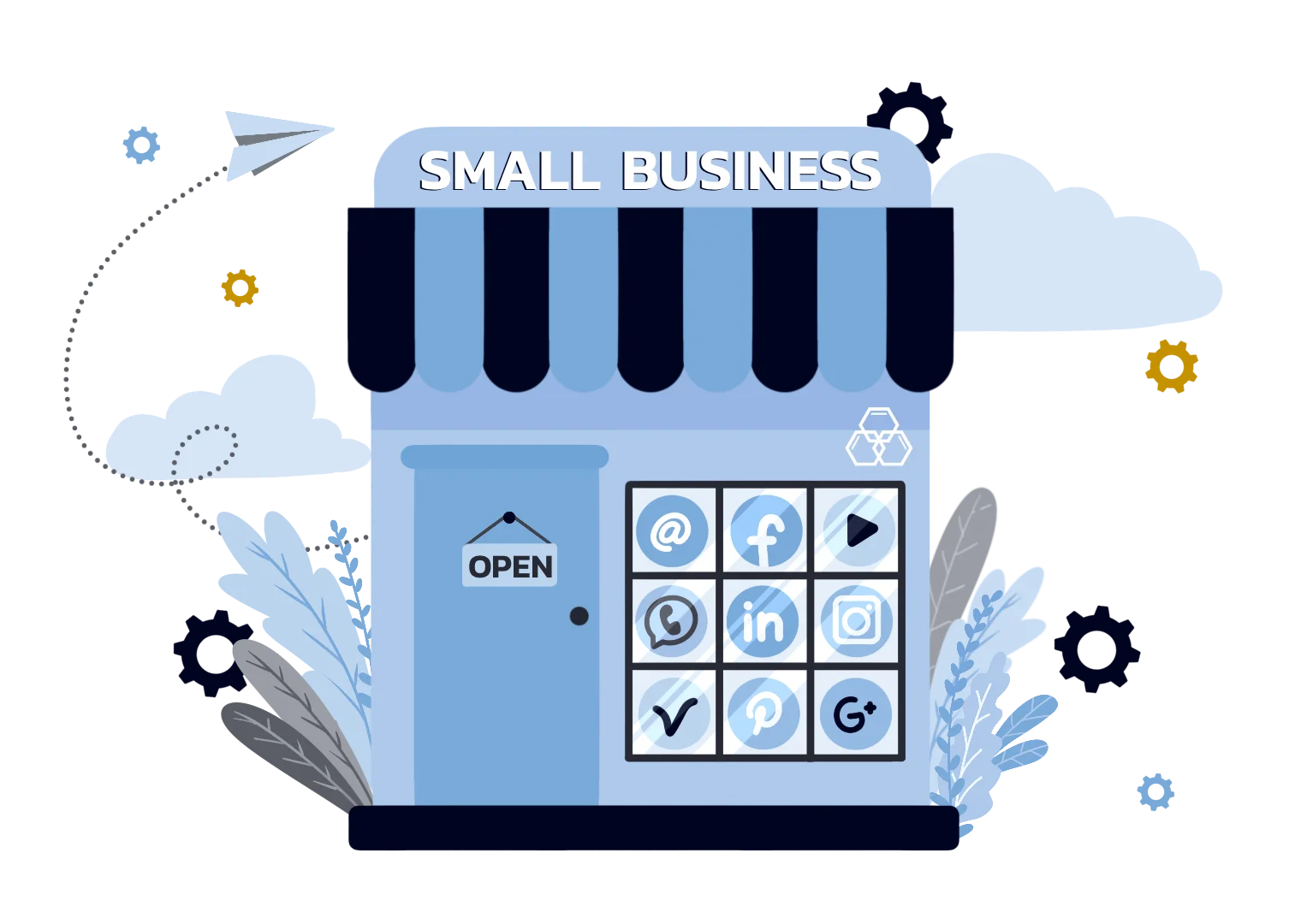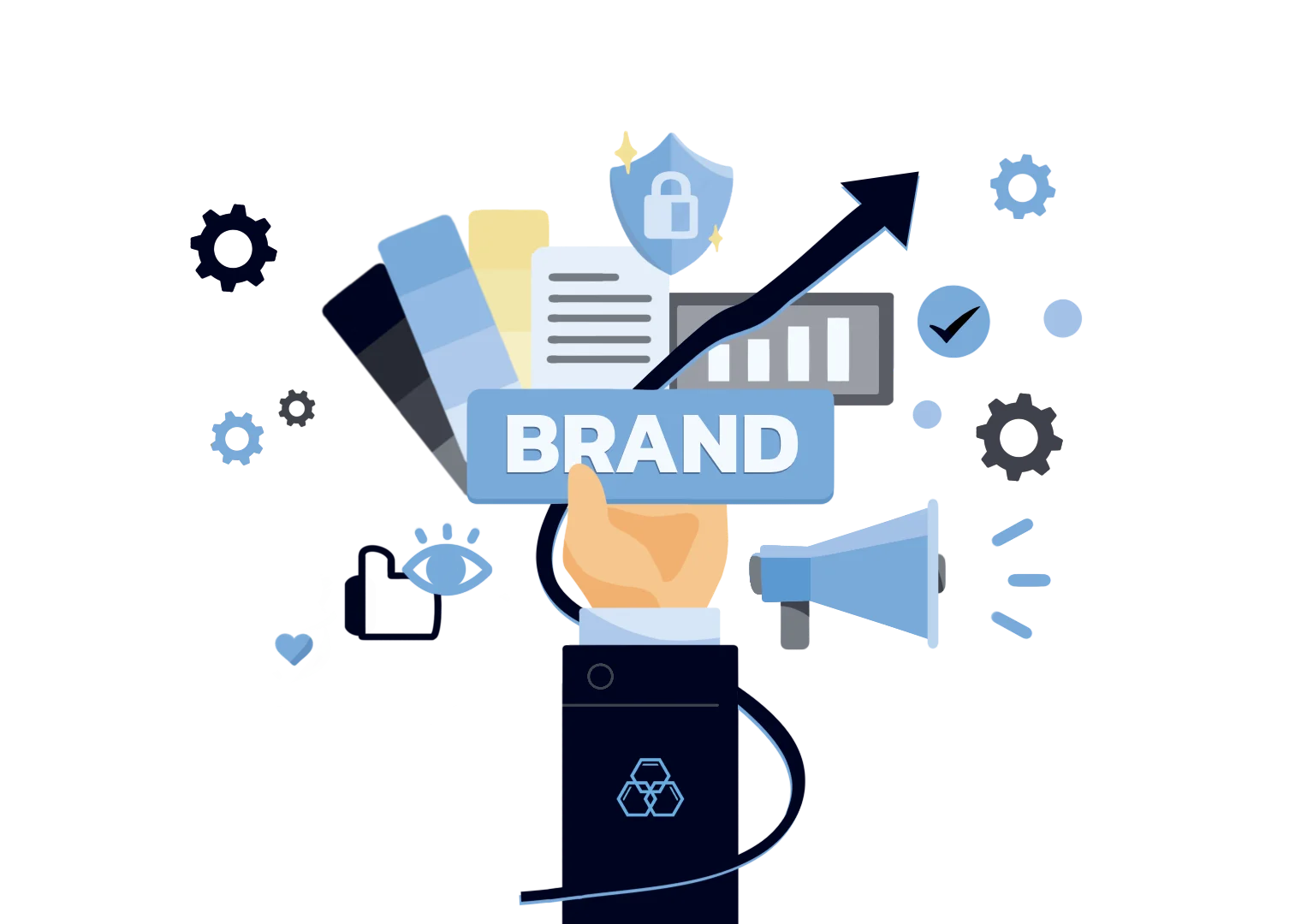
The R.A.I.S.E Method
In today's world, it seems like you can't go anywhere without being bombarded by advertising. Companies are constantly asking for our attention, whether it's television advertising, a banner ad while you're browsing the internet, or billboard display advertising while driving down the highway. With so many small businesses fighting for that precious space in our minds, it can be hard to make your company's advertising stand out.
Successful advertising is all about getting noticed and making a lasting impression, and the best way to do that is by using the R.A.I.S.E. method. R.AI.S.E. stands for research, analysis, insight, strategy, and execution. It's a good way to find out how to promote your product or service to the right audience. By following these simple steps, you can make sure that you can effectively raise your advertising impact.

Research
Before you can create effective advertising, you need to know who you're targeting. How does your particular product or service fit into someone's life? Take some time to research your target market's demographics, interests, and buying habits. The more you know about your target audience, the better you'll be able to speak to their needs and wants.
Some key research topics include the following:
- Competitors
- Past Industry Standards
- Customer Journeys
- Current Customer Surveys
- Brand Positioning
- Age Groups
- Potential Customers
- Media Platforms
- Social Causes
- Favorite Companies
After all, when trying to figure out how to make your advertising more effective, you need to know who you're targeting and where they spend their time. Good advertising research goes a long way!

Analyze
Now that you've gathered all this information, it's time to start analyzing it. Look for patterns and trends in your target market's behavior and start connecting the dots. Is there a diffrance between how national companies advertise and how local companies advertise? The key is to be objective and look at the data without bias. Try to analyze any areas where your company could improve its advertising campaign.
Some questions you might want to ask yourself during this step include:
- Who is the most likely to use your product or service?
- How would someone hear about your business?
- Where do you meet in your market/industry?
- What advantages do you possess?
- How is your business perceived?

Insight
After researching and analyzing your findings, it's time to develop some insights. These "a-ha!" moments will help you create targeted and effective advertising. Insights are unique from business to business, but they all have one thing in common: they offer a new perspective on an existing problem.
Some questions that can help generate insights include:
- Who is your target market and how can you reach them?
- What causes and communities align with your business?
- What emotions are associated with your customer journey?
- What are the wants, needs, and desires you provide?
- What's the perceived status of your typical customer?
Your analysis will help you determine the best way to reach your target market. generate leads, and what messaging will resonate with them.

Strategy
Now that you have all this information, it's time to start developing a marketing strategy. Here you want to take your insights and turn them into an actionable plan. This is where you'll decide what kind of advertising you want to create and what platforms you want to use. You'll also set some goals and objectives to make sure that you have effective and successful advertising campaigns.
Your marketing strategy should have the following points:
- The goal of the project
- The core message you want to communicate
- Strengths, weaknesses, opportunities, and threats
- Format and platforms to focus on
- Target market demographics and psychographics
By knowing these key points, you can start to develop a plan for your advertising campaign.

Execute
The final step is to put your plan into action. Start creating and running your advertising, and keep track of its effectiveness. Make changes as needed, and continue to test and refine your approach until you find a strategy that works best for your business.
As long as you stay true to your brand image and keep your target audience in mind, you'll be able to create effective and impactful advertising. Here are a few things to remember as you execute your advertising strategy:
- A clear call to action (CTA)
- A clear and easy-to-read logo
- Supportive brand elements
- Be conscious of your tone
- Be genuine
Bonus Tips

Measure
You've created an advertising campaign that you're confident will raise your brand's profile and boost sales. But how will you know if it's successful? That's where having milestones and performance indicators in place is key. By setting measurable goals, you'll be able to track whether your campaign is meeting its marketing objectives.
Some common things to measure include:
- Website traffic from ad
- Web page retention and bounce rate
- Impressions vs. engagement
- The success rate of call to action
- A/B testing
- Click-throughs
- Sales or conversions
- Social media engagement
Regularly measuring your progress can make adjustments to your strategy as needed. This will help you ensure that your advertising is as effective as possible.

Adapt
It's important to stay flexible and be willing to adapt your advertising as your business grows and changes. As your target market evolves, so should your strategy. Keep track of any new insights you gain, and make sure that your campaigns are always relevant and up-to-date. When you differentiate and measure your advertising, you'll be able to make the necessary changes to stay ahead of the competition.
For example, if you find that your target market is moving away from traditional forms of advertising, you'll need to adjust your strategy accordingly. You may need to invest in digital marketing or create more interactive and engaging ads.
Running even a small campaign can teach you a lot about your sales funnel and give you key information about your business. Whatever the case, make sure that you're always adapting to the needs of your business and your existing customers.

It's Time To Plan Your Advertising Campaigns For Success
Advertising can be a tough pill to swallow—but it doesn’t have to be. There are lots of ways to raise your advertising impact, so there's no excuse not to start today! Whatever route you choose, put some thought into it and be strategic about how you spend your advertising budget.
By following these simple tips, you can make sure that your advertising dollars are well spent and have the maximum impact possible. A little effort can go a long way in making sure your business gets noticed. So get out there and start getting actual results!






